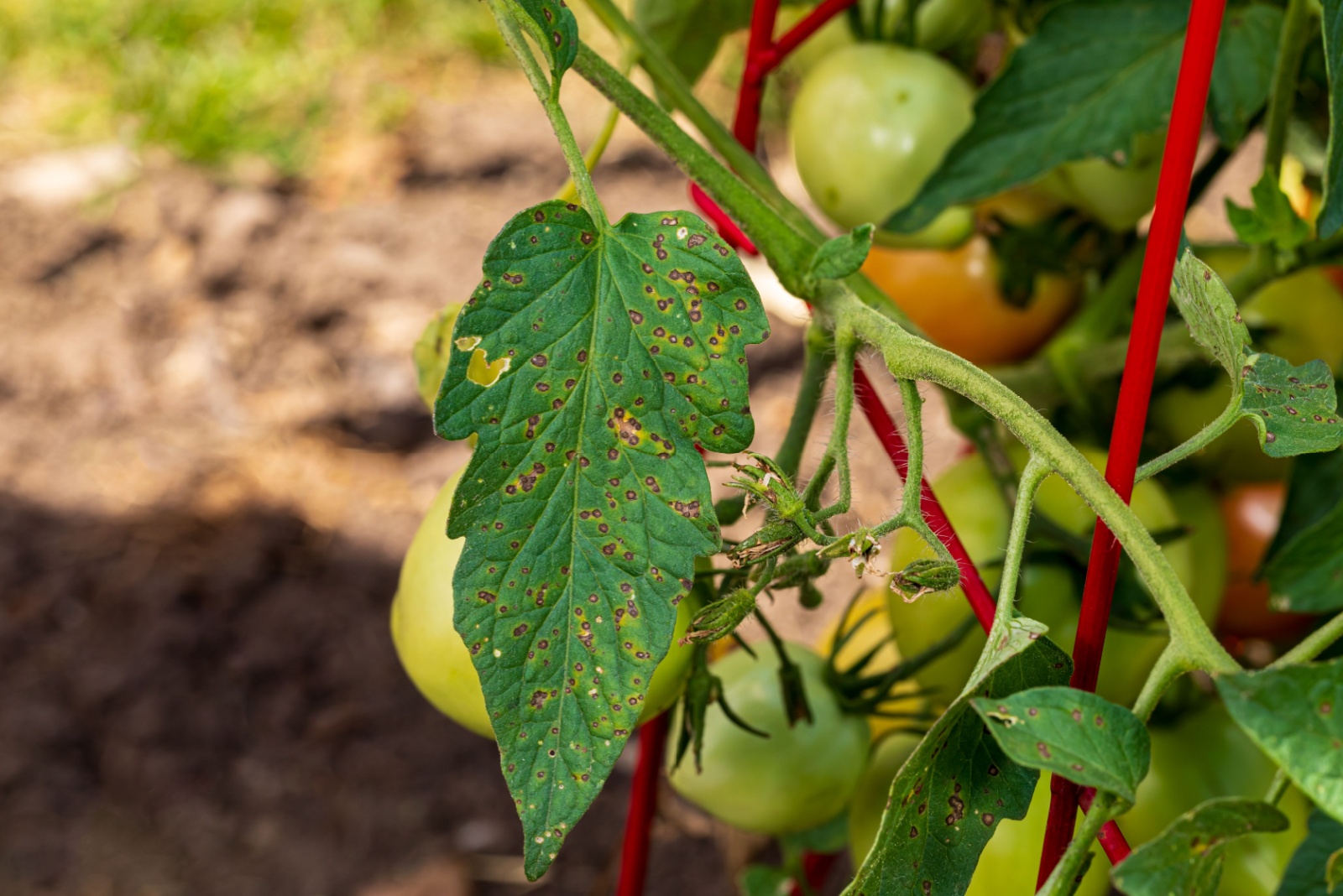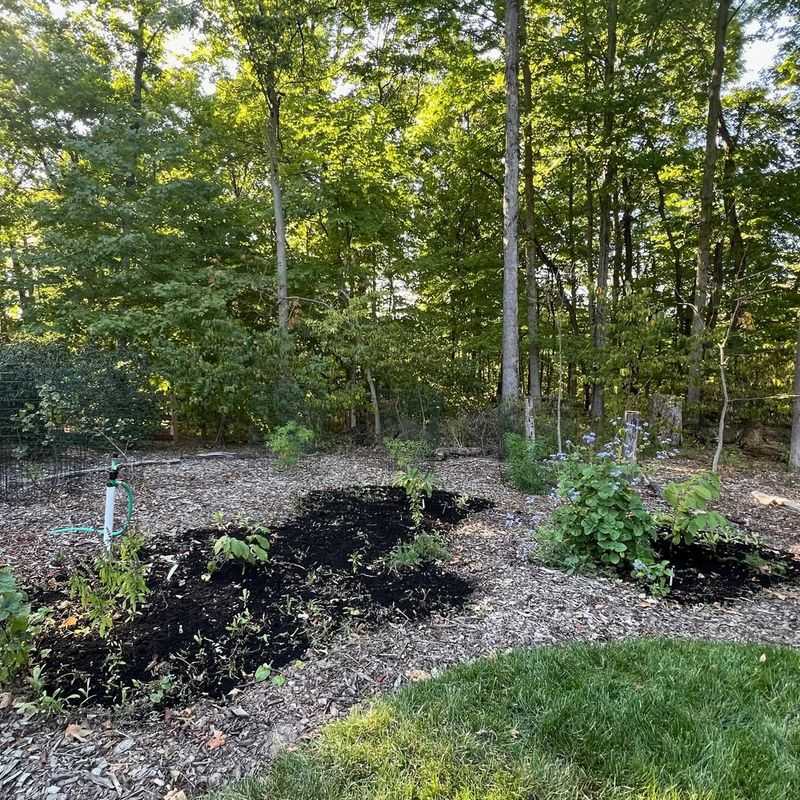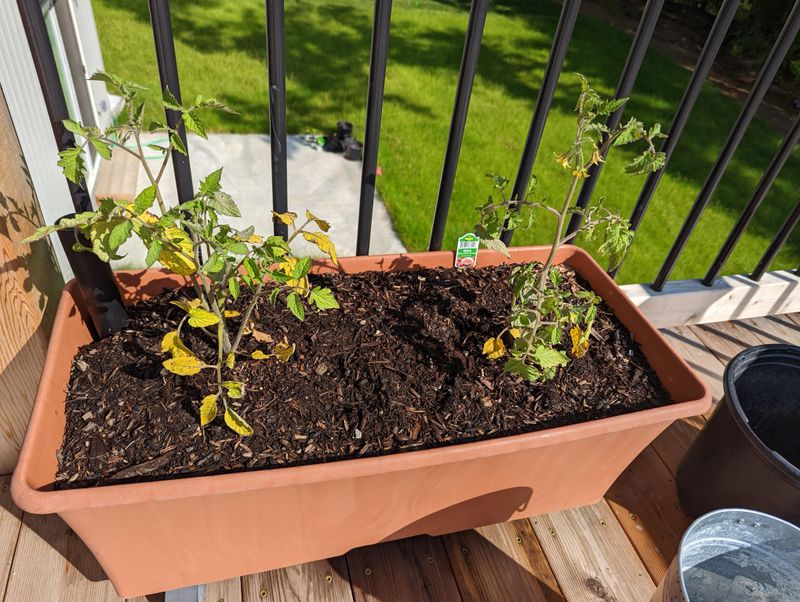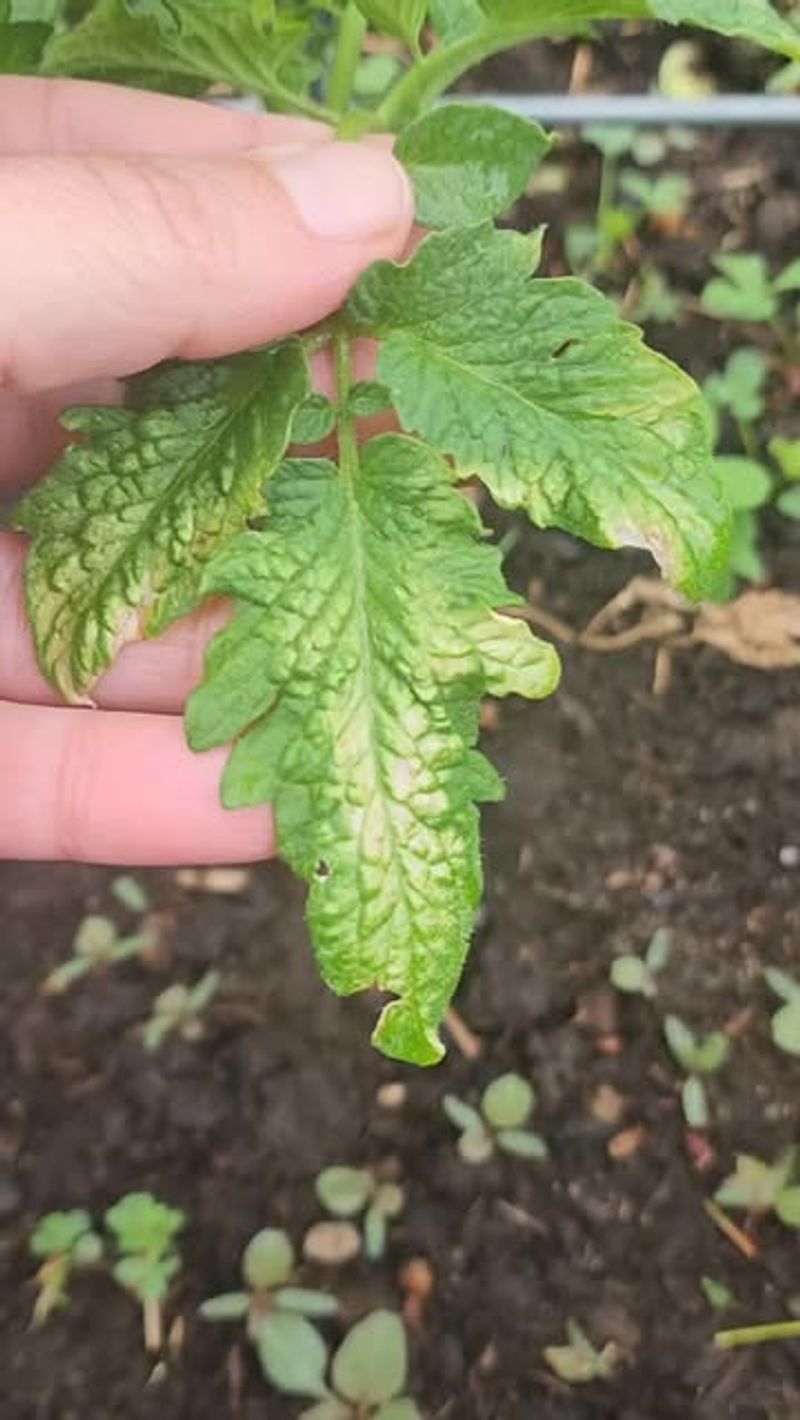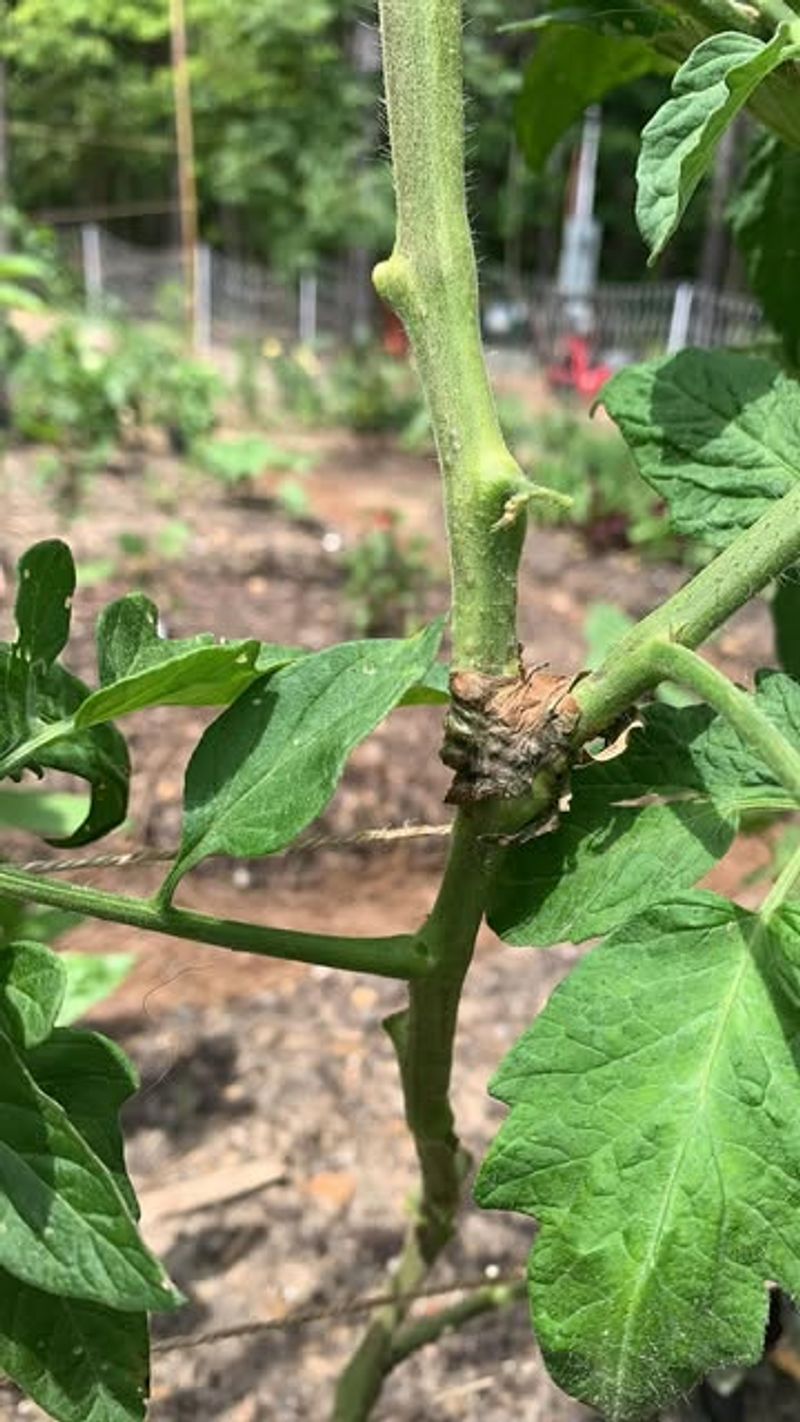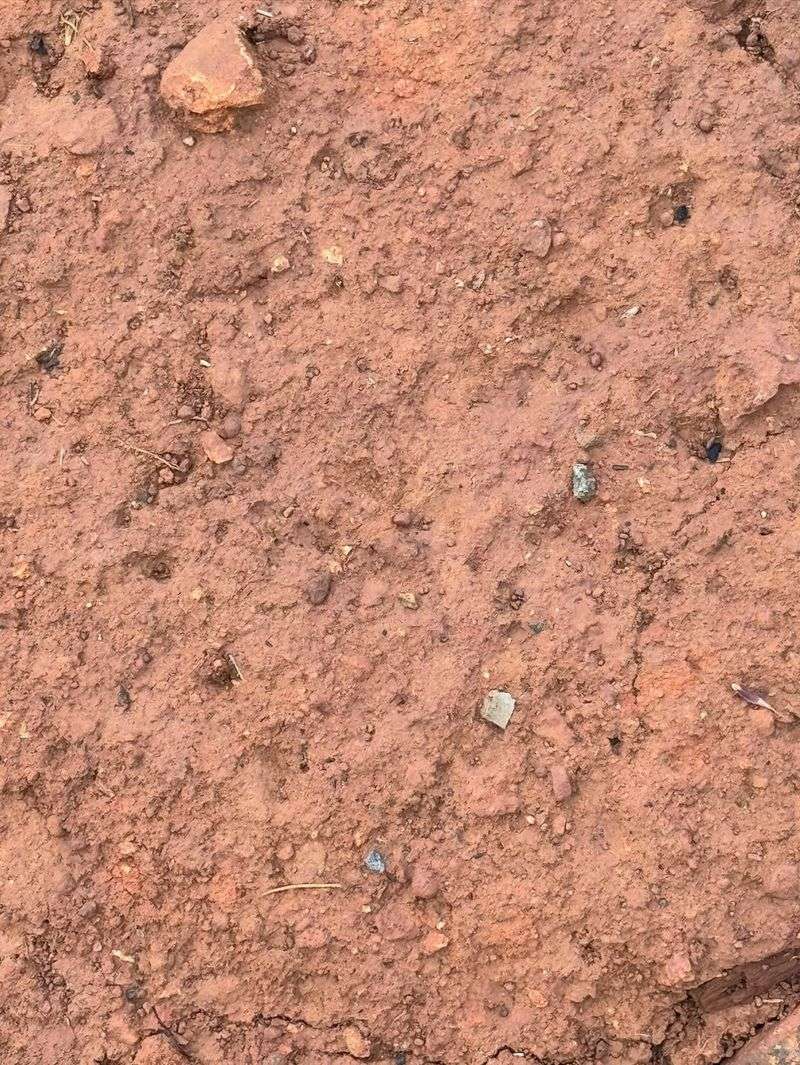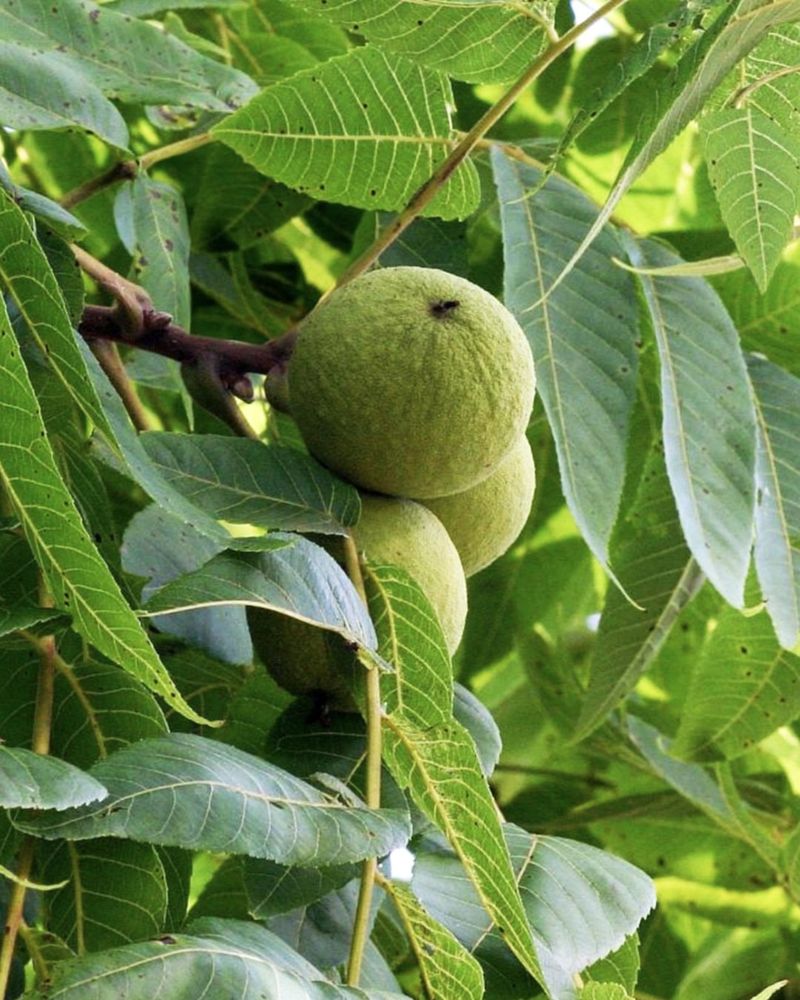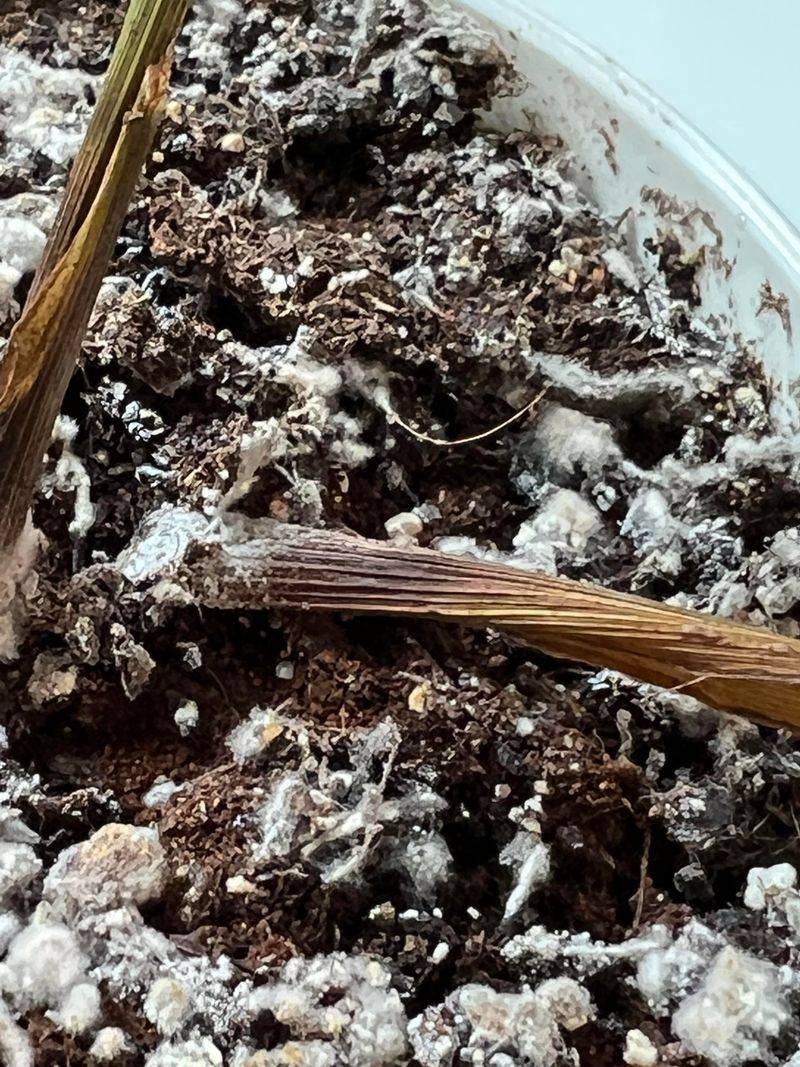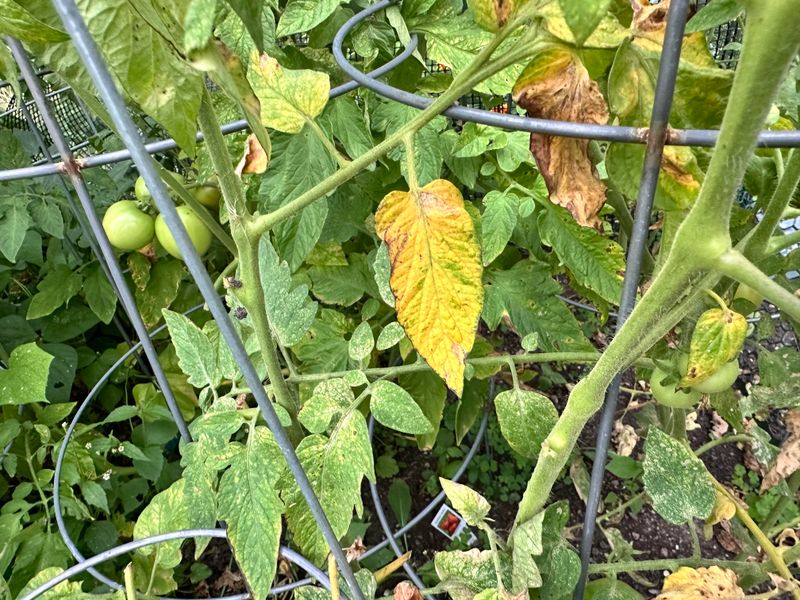If your Nevada tomatoes look more tragic than tasty, don’t blame your green thumb just yet. Sometimes it’s not you—it’s the spot. In the Silver State’s tough climate, tomatoes can be downright dramatic about where they’ll grow.
Too much shade, too little drainage, or a blast-furnace breeze can send them into an early retirement. Before you dig in again next season, learn the eight backyard locations where tomatoes simply throw in the towel.
1. Deep Shade Under Large Trees
Tomato plants are sunshine addicts and need at least six to eight hours of direct sunlight daily. Planting beneath towering trees creates a shady environment where your tomatoes will stretch desperately toward any light they can find.
The lack of sun means weak stems, pale leaves, and barely any fruit production. Competition for water and nutrients with tree roots makes things even worse. Choose open Nevada garden areas away from large trees for the best tomato harvest possible.
2. Low-Lying Areas That Collect Water
Soggy soil is a tomato plant’s nightmare. Low spots in your yard become mini swamps after watering or rare Nevada rainstorms, drowning roots and inviting disease.
Tomatoes prefer well-drained soil where water moves through quickly rather than sitting around their roots. When roots stay wet too long, they rot and cannot absorb oxygen properly. Root rot spreads fast and kills plants before they ever produce fruit. Raised beds or higher ground work much better for healthy tomato growth.
3. Against Hot South-Facing Walls
Nevada summers are brutal, and south-facing walls act like giant ovens reflecting heat back onto plants. While tomatoes love warmth, extreme temperatures above 95 degrees cause blossom drop and sunscald on fruit.
The reflected heat from walls intensifies the already scorching desert sun, essentially cooking your plants alive. Leaves curl, flowers fall off without setting fruit, and existing tomatoes develop white patches from sun damage. Position plants where they get morning sun but afternoon protection from the most intense heat.
4. Windy Corners And Open Edges
Nevada winds can be fierce and relentless, especially in spring when you plant tomatoes. Constant wind batters plants, breaking stems, tearing leaves, and drying out soil incredibly fast.
Wind stress prevents proper growth and makes it nearly impossible for pollinators to do their job. Your tomato plants spend all their energy just staying upright instead of producing fruit. Even with stakes, the constant movement damages roots and weakens the entire plant structure over time.
5. Spots With Compacted Clay Soil
Nevada clay soil turns rock-hard when dry and becomes sticky mud when wet, creating terrible growing conditions. Tomato roots cannot penetrate deeply into compacted clay, leaving plants shallow-rooted and unstable.
Poor drainage in clay soil means roots suffocate from lack of oxygen between waterings. Nutrients get locked up in the dense soil structure where plant roots cannot access them. Amending clay heavily with compost or building raised beds gives tomatoes the loose, fluffy soil they desperately need to thrive.
6. Near Walnut Or Pine Trees
Black walnut trees release a chemical called juglone that poisons tomatoes and many other Nevada plants. Even fallen leaves, nuts, and decaying roots spread this toxic substance through the soil.
Pine trees create acidic soil conditions and drop needles that further lower pH levels. Tomatoes prefer slightly acidic to neutral soil and suffer in the highly acidic environment pines create. Keep your tomato garden at least 50 feet away from walnut trees and avoid areas where pine needles accumulate heavily throughout the year.
7. Heavily Salted Soil Areas
Nevada soil often contains high salt levels naturally, and poor water quality makes it worse. You might notice white crusty deposits on the soil surface where salt accumulates.
Tomatoes are moderately sensitive to salt and struggle when levels get too high. Salt prevents roots from absorbing water properly, even when soil is moist, causing wilting and stunted growth. Leaves develop brown edges and fruit production drops dramatically. Test soil regularly and improve drainage to help flush salts away from root zones.
8. Close To Concrete Foundations
That narrow strip between your house foundation and fence seems convenient but creates multiple problems. Concrete leaches lime into surrounding soil, making it too alkaline for tomatoes to absorb iron and other nutrients properly.
Limited root space restricts growth, and reflected heat from both foundation and fence creates an oven effect. Water runs off quickly in these tight spaces, leaving soil dry while other areas stay moist. Give tomatoes room to spread roots in properly balanced soil away from structures.

